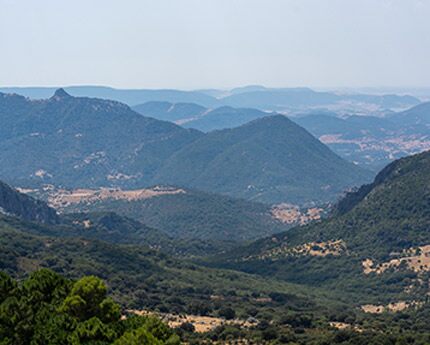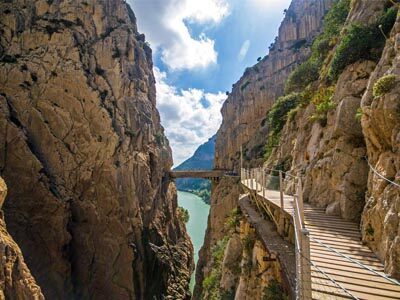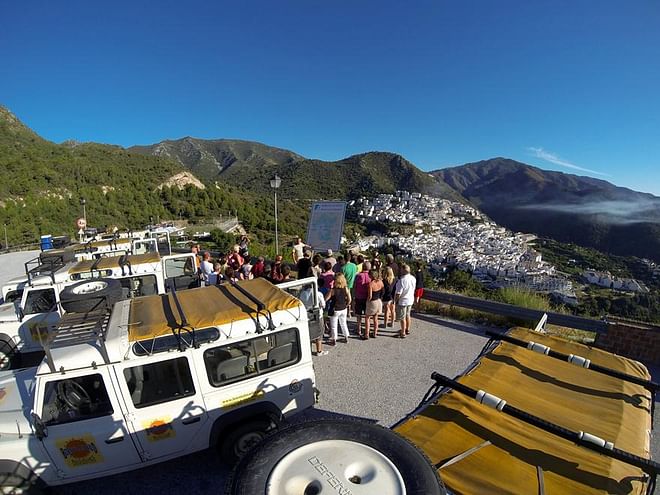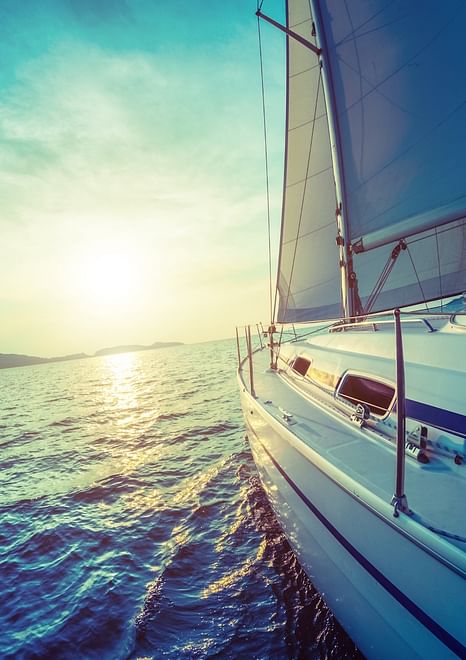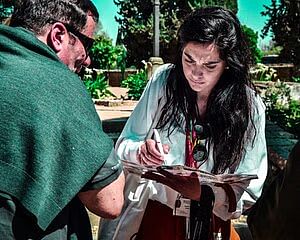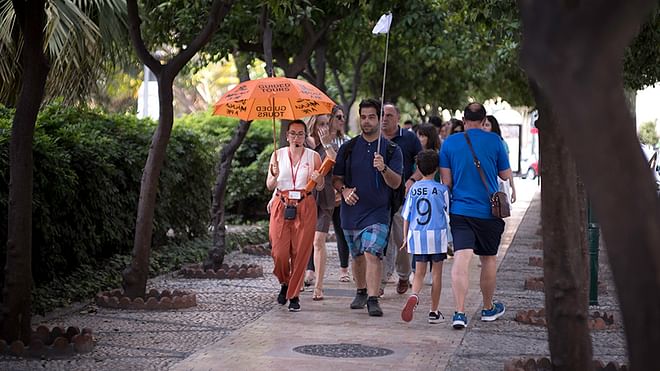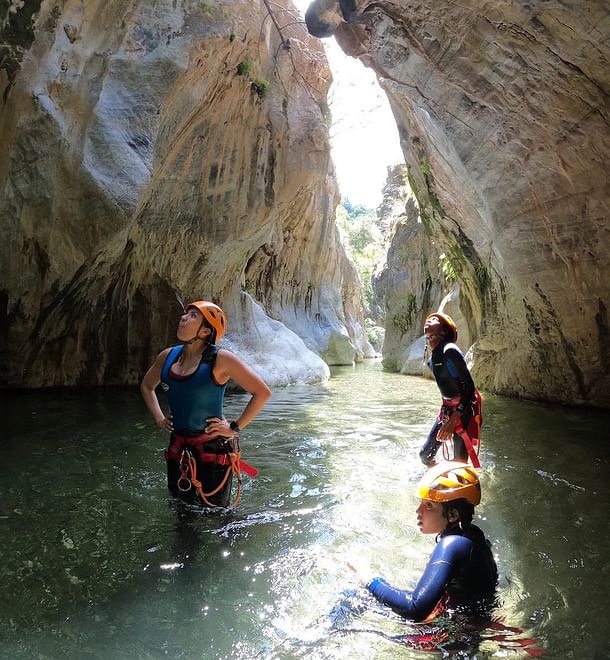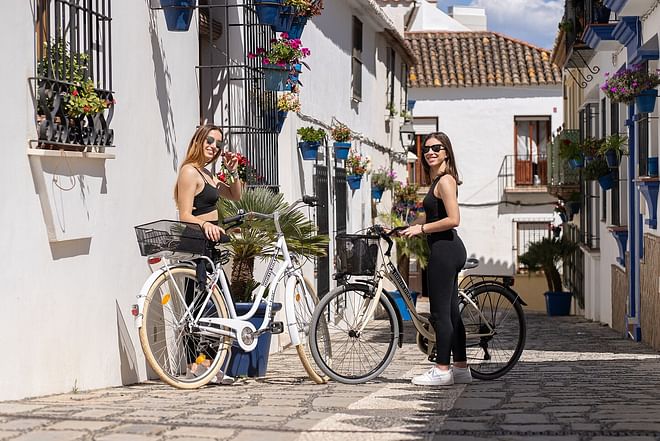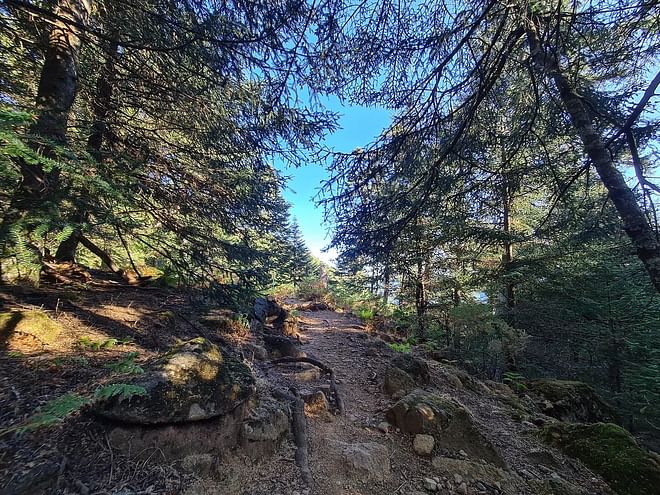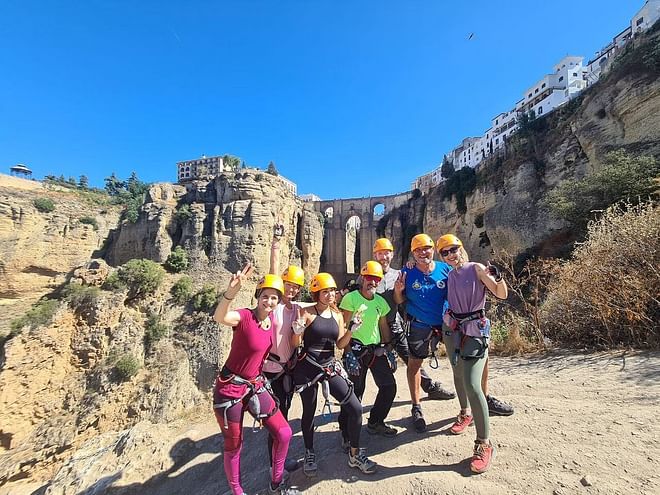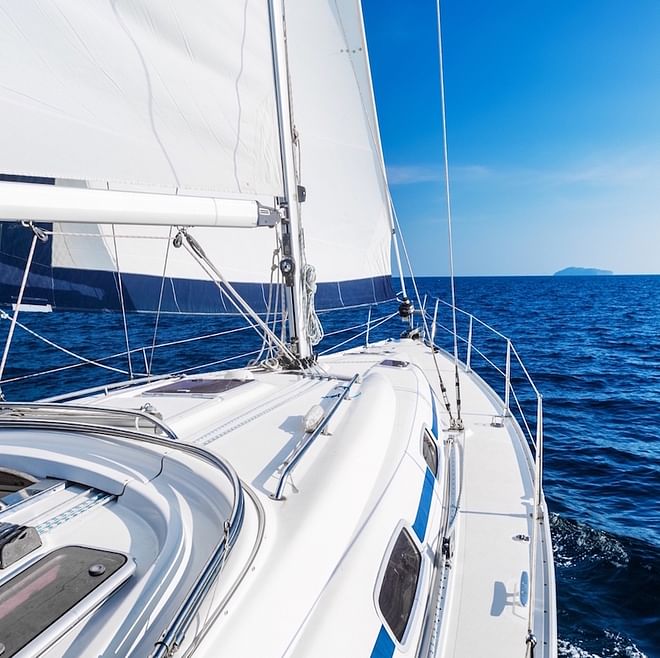The Cueva del Tesoro [Treasure Cave], located in the municipality of Rincón de la Victoria, around ten kilometres from the centre of Málaga, is one of the most amazing natural spaces in the province. In fact, the Cueva del Tesoro is Europe’s only cave of submarine origin that is open to the public, and one of only three in the whole world.
The cave is submarine because, unlike other caves that can be visited throughout the world, this one was mainly sculpted by the sea. And this took place during the time when dinosaurs ruled the Earth: the Jurassic Age.
Subsequently, during the Palaeolithic Age, the cave was inhabited by a human colony which left evidence of its presence in the form of Palaeolithic paintings. Later, the cave, or at least the part of it closest to the entrance, was occupied by several peoples and civilisations.
This explains why it features in so many legends, including the one that gives it its name: the legend concerning the treasure supposed to have been hidden inside it by monarchs of Almoravid origin.
The Cueva del Tesoro, Málaga: what is it like?
One of the basic characteristics of the Cueva del Tesoro is that it is a geological combination rarely found on Earth. On the one hand, there is the erosion caused by sea currents and by the action of the waves. And on the other, is the upward movement of the chamber caused by the action of powerful underground forces.
The caverns and galleries so typical of underwater caves and so prized by divers were formed in this way. As they were pushed upwards until they were above sea level, the caves emptied of water.
Later, due to the filtering effect of the limestone surface, stalactites, stalagmites and columns were formed. These formations have given the place an appearance that stimulates visitors’ imaginations.
A tour of the Cueva del Tesoro takes in a total of seven chambers, each with its own name and particular geological characteristics.
The chambers of the Cueva del Tesoro
The first chamber on the tour of the Cueva del Tesoro is the Sala de la Virgen, where visitors can admire various archaeological remains. Here is the Pozo del Suizo [Swiss Man’s Well], created by means of boreholes by Antonio de la Nari in the mid-nineteenth century.
To him must go the credit for the discovery of a lot of the cave, as he spent 30 years searching for the supposed treasure by blasting boreholes with dynamite. In fact, Nari eventually died inside the Cueva del Tesoro when he was caught up in one of his own explosions.
The tour then moves on to other chambers:
- Sala de Marco Craso: Named with reference to Marcus Crassus—a character who, in Roman times, occupied the cave while in hiding from his pursuers.
- Salón del Águila: Called the Chamber of the Eagle because the profile of an enormous rock in this chamber resembles that of an eagle.
- Galerías laberínticas: The Labyrinthine Galleries are an intricate network of criss-crossing passages and an impressive setting.
- Santuario de Noctiluca: The Sanctuary of Noctiluca is an allusion to the goddess of the Moon, the night and fertility for the Iberians and other Mediterranean peoples.
- Sala del Volcán: Named the Chamber of the Volcano because it has a hollow that connects to an abyss. It is believed that the abyss might once have been connected with the sea.
- Salón de los Lagos: The Chamber of the Lakes is known by this name precisely because of the subterranean lake that lies in the depths of the chamber, and which makes for an amazing spectacle.
The legend of the treasure
How did the Cueva del Tesoro get its name? After a fabulous treasure that is supposed to have been hidden there during the twelfth century.
According to the legend, five Muslim Kings of Almoravid origin came here from the other side of the Mediterranean, fleeing from uprisings in their respective kingdoms. With them came their most precious jewels and possessions, which they decided to leave inside the Cueva del Tesoro for safekeeping. Some versions of the legend say that there weren’t five Muslim kings, but only one: Tashfin ibn Ali.
Although it seems unlikely that the owners of the treasure did not return to reclaim it, the legend certainly inspired a great number of explorers and treasure hunters to scour the inside of the cave. Especially from the seventeenth century onwards.
In addition, during the following century, a few garnet stones were found, which spurred other adventurers to come and explore new areas of the cave.
Among them, as we have already mentioned, was Antonio de la Nari, the Swiss, thanks to whom it is now possible to visit a good many of the chambers now open to the public.
And then, a stroll around Rincón de la Victoria
After a visit to the Cueva del Tesoro, it would be madness not to take advantage of this trip to explore the vicinity of this natural phenomenon: the Cantales. These are no more than small cliff faces with ledges and little bays, also formed during the Jurassic Age.
However, the area does offer other attractions:
- The Torre de El Cantal: A tower built in the time when Andalusia was under Muslim domination (fourteenth century), it is another of the structures that made up the defensive system of the Mediterranean coast. There exists another, similar tower in the municipality: the tower of Benagalbón.
- The Castillo de Bezmiliana is the town’s most important monument. It was built during the eighteenth century, during the reign of Charles III, as a defence against the frequent pirate incursions. Nowadays the castle hosts art exhibitions.
- The Santuario de la Virgen del Carmen: Halfway along the seafront promenade, it is more than just a landmark for the faithful. In fact, from here visitors can enjoy one of the finest panoramic views of the sea.




































































